Discover how to market your brand in the metaverse. Learn top strategies, platforms, and tools to engage customers in virtual worlds in 2025 and beyond. 🚀🎮
Introduction: Welcome to the Metaverse Era 👾
The metaverse isn’t science fiction anymore — it’s a rapidly growing digital universe where people socialize, work, shop, and play in 3D virtual environments.
For marketers, this opens up incredible new frontiers for brand interaction, immersive storytelling, and next-gen customer engagement.
In 2025, top brands are not just advertising in the metaverse — they’re building experiences, creating virtual products, hosting digital events, and selling directly to avatars.
So, how can your brand join the virtual revolution? Let’s explore.
What Is the Metaverse? 🤔
The metaverse refers to a collective virtual space made up of interconnected digital environments where users, represented by avatars, can interact in real-time.
It includes:
3D virtual worlds (Decentraland, The Sandbox)
VR/AR experiences (Meta Horizon Worlds, Spatial)
Game-based platforms (Roblox, Fortnite, ZEPETO)
Social and immersive commerce
At its core, the metaverse combines virtual reality (VR), augmented reality (AR), blockchain, and digital identity to create a parallel universe where brands can be present 24/7.
Why Marketers Should Care 🌟
Here’s why the metaverse matters for your brand:
| Benefit | Description |
|---|---|
| Immersive Brand Storytelling | Let users experience your brand, not just see it. |
| New Revenue Channels | Sell digital goods, NFTs, or experiences directly. |
| Early-Mover Advantage | Stand out in a less-saturated space. |
| Hyper-Personalized Experiences | Tailor content to avatars and user behavior. |
| Community Building | Host events, games, or challenges in virtual spaces. |
Top Platforms for Metaverse Marketing 🚀
| Platform | Focus | Brands Using It |
|---|---|---|
| Roblox | Gaming + Gen Z engagement | Gucci, Nike, Chipotle |
| The Sandbox | Virtual land ownership + NFT economy | Adidas, Atari, Warner Music |
| Decentraland | Decentralized virtual world | Samsung, Coca-Cola |
| Meta Horizon Worlds | Social VR experiences | Wendy’s, NBA |
| ZEPETO | Avatar-based social world | Nike, Dior, Samsung |
| Spatial | VR/AR collaboration & art | BMW, McDonald’s, TIME |
Metaverse Marketing Strategies That Work ✅
🛍️ 1. Virtual Stores & Showrooms
Create immersive 3D shopping experiences where users can explore, try, and buy virtual or physical products.
Example:
Nike’s “NIKELAND” on Roblox lets players earn gear and explore a branded universe.
🎉 2. Branded Virtual Events
Host concerts, product launches, conferences, or fashion shows inside metaverse platforms.
Example:
Ariana Grande’s concert in Fortnite drew millions and became a branding milestone.
🧢 3. Wearable NFTs & Avatar Customization
Design branded digital clothing or accessories users can buy and wear on their avatars.
Example:
Gucci’s virtual sneakers sold on Roblox for more than their physical counterparts.
🕹️ 4. Gamification & Play-to-Earn (P2E)
Engage users with quests, leaderboards, and rewards that connect fun with your brand message.
Example:
Adidas partnered with The Sandbox to offer interactive, token-based brand missions.
🏙️ 5. Virtual Real Estate & Billboards
Buy land or ad space in virtual cities to promote your brand through digital billboards or pop-ups.
Example:
Samsung opened a virtual store in Decentraland to debut products and host metaverse events.
🎁 6. NFT Drops & Collectibles
Launch branded NFTs with added perks like exclusive access, discounts, or digital assets.
Example:
Coca-Cola’s “Friendship NFT” drop featured animated digital collectibles with real-world perks.
🎯 7. Digital Twin Marketing
Use virtual twins of real-world stores or products for immersive browsing or experiential shopping.
Example:
BMW created virtual showrooms where users can explore new car models via AR/VR.
How to Get Started with Metaverse Marketing 🧭
1. Define Your Audience
Not all metaverse users are the same. Choose platforms based on your demographic (Gen Z? Millennials? Web3-savvy users?).
2. Choose the Right Platform
Start where your audience is — Roblox for younger users, Decentraland for Web3 enthusiasts, or Meta for mainstream audiences.
3. Start Small
You don’t need to buy land. Try an event, virtual wearable, or branded game mode first.
4. Partner with Experts
Work with metaverse agencies or developers to create polished experiences.
5. Test and Iterate
Measure avatar engagement, conversions, and time spent, then optimize.
Key Metrics for Metaverse Marketing 📊
| Metric | What It Measures |
|---|---|
| Avatar Engagement | Interactions, dwell time, and participation |
| Event Attendance | Number of unique users in a branded experience |
| NFT Sales/Resales | Revenue and collector interest |
| Brand Mentions | Social media or in-world buzz |
| Virtual Product Trials | User interest and purchase intent |
Challenges to Consider ⚠️
| Challenge | Solution |
|---|---|
| Technical Complexity | Partner with developers or use no-code tools |
| High Development Costs | Start with affordable wearables or events |
| User Adoption | Focus on platforms with established user bases |
| Data & Privacy Issues | Follow emerging VR and Web3 privacy standards |
| Brand Fit | Don’t force it — be authentic and align with your values |
The Future of Metaverse Marketing 🔮
Looking ahead, the metaverse will continue to evolve alongside other technologies like AI, AR glasses, and blockchain. Expect to see:
Persistent digital identities
AI-generated virtual influencers
Interoperable avatars across worlds
Emotion tracking for tailored experiences
Mainstream adoption via Apple, Meta, and Google headsets
FAQs: Metaverse & Brand Marketing 🧠
Q1: Is the metaverse just for gaming brands?
Not at all! While gaming leads adoption, brands in fashion, finance, automotive, education, and even healthcare are entering the space.
Q2: Do I need VR gear to market in the metaverse?
No. Many platforms like Roblox or Decentraland are accessible via desktop or mobile — no headset required.
Q3: Is metaverse marketing expensive?
It can be, but there are low-cost entry points like wearable NFTs, ad placement, or sponsored experiences.
Q4: How can I track ROI in the metaverse?
Use platform analytics, wallet tracking (for NFT campaigns), and UTM codes to connect user actions to business goals.
Q5: What skills or team do I need?
You’ll benefit from creative developers, 3D artists, community managers, and Web3 consultants — or collaborate with agencies that specialize in immersive marketing.
Final Thoughts: Your Brand’s Next Big Leap 🌍🚀
The metaverse is still maturing, but the opportunity to engage with digital-native audiences in immersive, meaningful ways has never been greater.
By getting in early, experimenting wisely, and focusing on value, experience, and community, your brand can stand out as a leader in the next era of marketing.

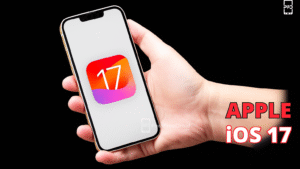

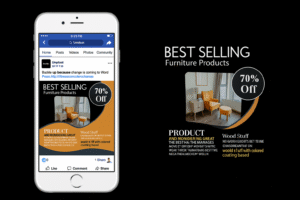

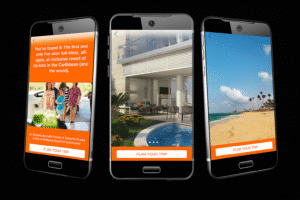

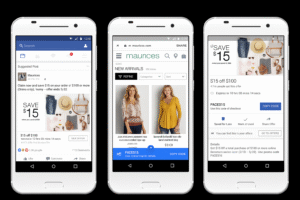
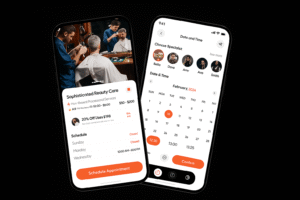

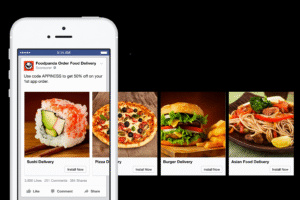
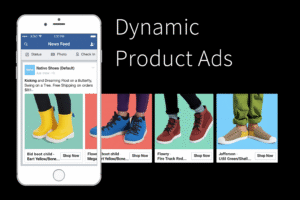



1 thought on “Metaverse Marketing: How to Promote Your Brand in Virtual Worlds”
Pingback: Logo vs Poster Design: What Your Business Really Needs in 2025 - Digital Expert World